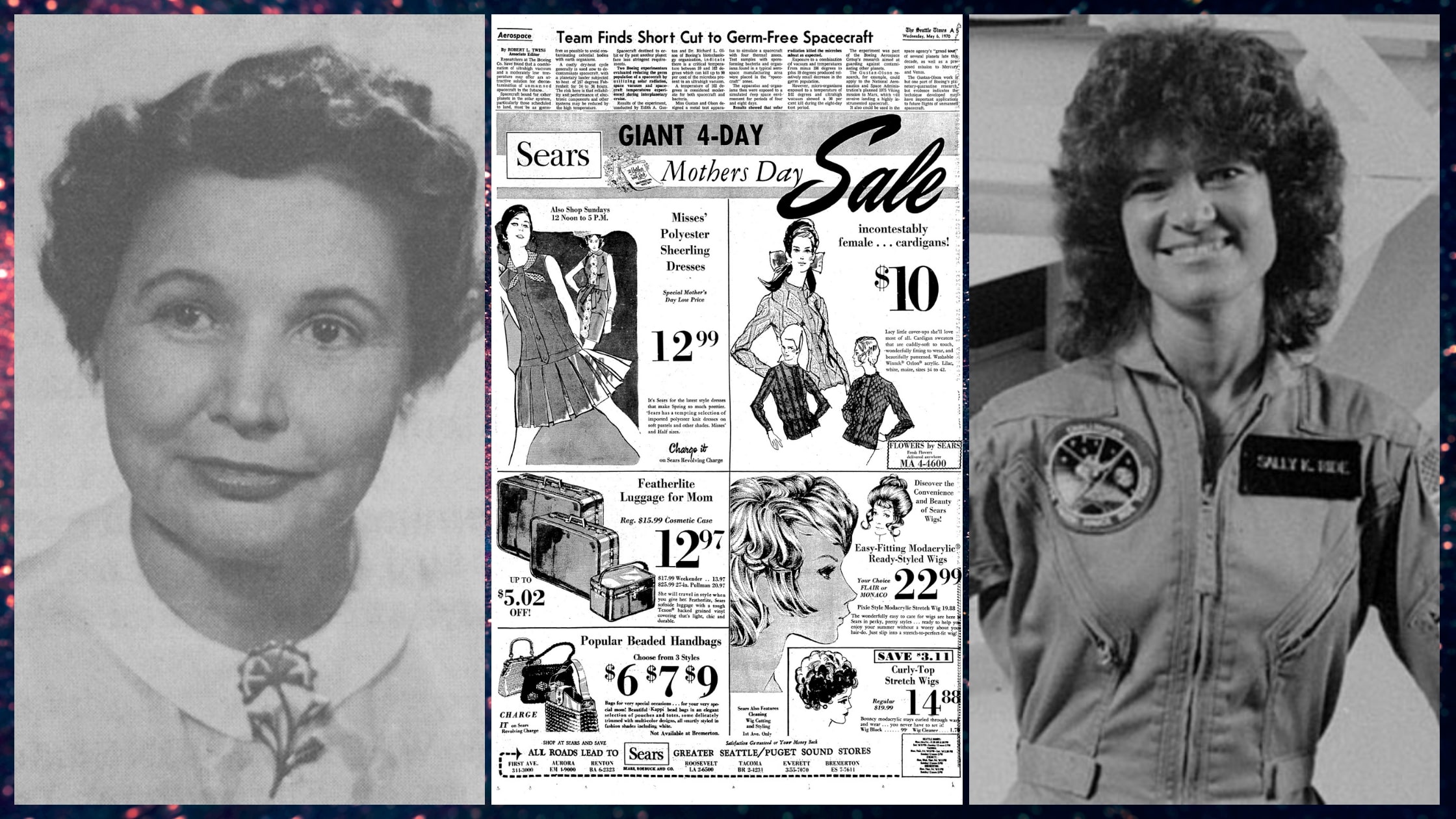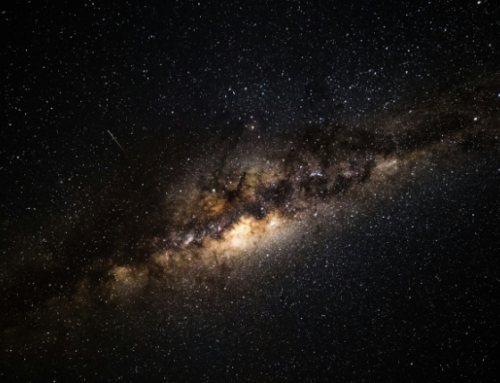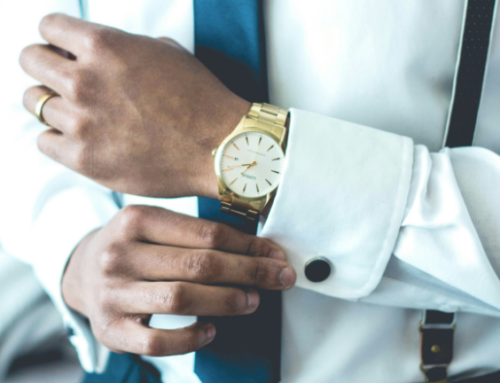Following up on The Women Who Have Shaped Space Exploration series, this third installment continues to recognize three more trailblazing women who have made significant contributions to the space and aeronautics industry.
Mary Golda Ross
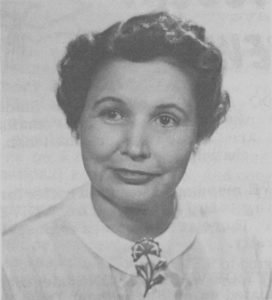
Mary focused her entire life on the mysteries of outer space and broke barriers as the first known Native American female engineer and the first female engineer in the history of Lockheed Aircraft Corporation.
At sixteen, Ross studied at Northern State Teachers’ College and earned a bachelor’s degree in mathematics in 1928 at age 20. In 1938, she received her master’s degree from Colorado State Teachers University, where she became interested in astronomy and took every class they had in the subject.
In 1942, she was hired by Lockheed, becoming an integral part of the design team where Ross helped design planes during World War II. Ross was known for her research and ability to solve many design problems centered on high-speed flight and issues of aeroelasticity.
After World War II ended, Lockheed sent her to UCLA for a professional certification in engineering where she studied mathematics for modern engineering, aeronautics and missile and celestial mechanics. It was unusual for a company that hired a woman during the war to keep that woman once the war ended and she got the nickname “Gold” Ross while she continued to work for Lockheed.
By 1952, Ross went on to join the forty founding engineers of the company’s renowned and secretive Skunk Works project. During her time in the program, Ross notably developed “preliminary design concepts for interplanetary space travel, manned and unmanned earth-orbiting flights, the earliest studies of orbiting satellites for both defense and civilian purposes.” Her talent led her to help develop the Agena rocket project, and on early design concepts for flyby missions to Venus and Mars. Her research also helped push her into engineering satellites and future space missions to Mars and Venus for NASA. Ross is also credited as an author of NASA’s Planetary Flight Handbook.
Ross was later promoted to a senior advanced systems staff engineer by the late 1960s, and worked on the Polaris reentry vehicle, Poseidon and Trident missiles. After her retirement in 1973, she recruited young women and Native American youth into engineering careers. Ross also supported the American Indians in Science and Engineering Society (AISES) and the Council of Energy Resource Tribes.
Sally Ride
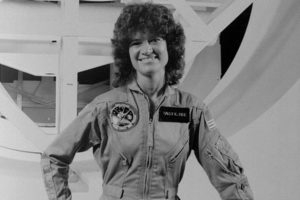
Many know Sally Ride as the first American female astronaut in space. Following in the footsteps of Valentina Tereshkova and Svetlana Savitskaya, Ride became the third woman in space when she launched off on June 18, 1983, aboard the STS-7 mission of the space shuttle Challenger.
Born in California, Ride studied physics and English at Stanford University, before earning a physics doctorate degree in 1973. Five years later, Ride joined NASA’s astronaut corps as one of the first six female astronauts to join the U.S. space agency.
She was only 32 when the STS7 launched into space, marking the first time a woman controlled a space shuttle robotic arm on the six-day flight. In this position, Ride was responsible for the robotic arm’s operation, which helped launch satellites. Ride later went on to make history in 1984 when she flew on the Challenger’s STS-41G mission, making her the first woman to fly in space twice.
After leaving NASA in 1987, Ride worked for two years at Stanford University‘s Center for International Security and Arms Control. She later taught at the University of California, San Diego as a physics professor. Her main area of research became nonlinear optics and Thomson scattering. Ride also served on the committees investigating the Challenger and Columbia Space Shuttle disasters, the only person to participate in both. Ride died of pancreatic cancer in 2012, but her contributions and legacy in the field live on.
Edith Gustan
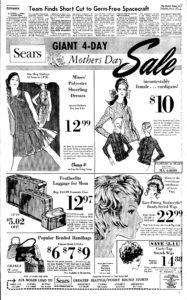
This Seattle Times article from 1970 is one of very few that mention the contributions Edith Gustan. Image Credit Seattle Times.
Edith Gustan’s name is one often left out of the history books. Gustan was a biologist and longtime Boeing employee who researched the intersection of biology and space exploration. Unfortunately, not a lot is known about Gustan’s professional story or her background, marking a significant gap in the history of women and the development of the space industry. A quick search of her online turns up references to a 1985 AP article describing her research on the viability of space station greenhouse, entitled “And Now, Vegetables in Space.” Her name is also referenced as an author in numerous aerospace and engineering industry journals and in papers exploring closed ecological life-support systems.
While not much is known about Gustan personally, Gustan clearly envisioned that astronauts might grow their own food during space travel. Her work led to significant advancements in ecological life-sustaining systems in space exploration, making long journeys possible for astronauts.
Although we’re more aware of women’s contributions to space travel, we often face blind spots in our history of the talent, achievement, and lives of women like Edith Gustan, and it, unfortunately, remains one we still have to shed light on.

